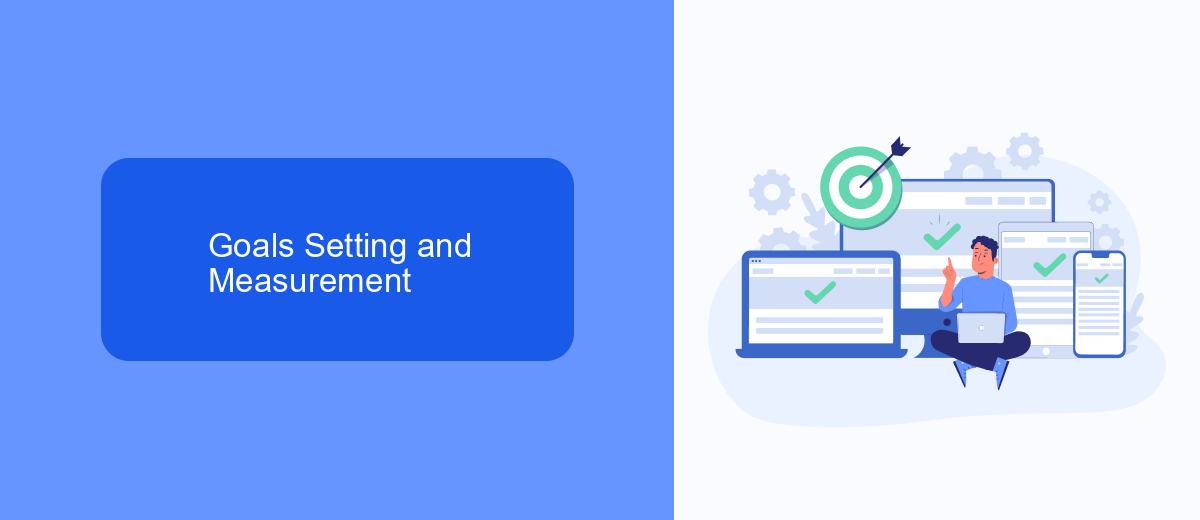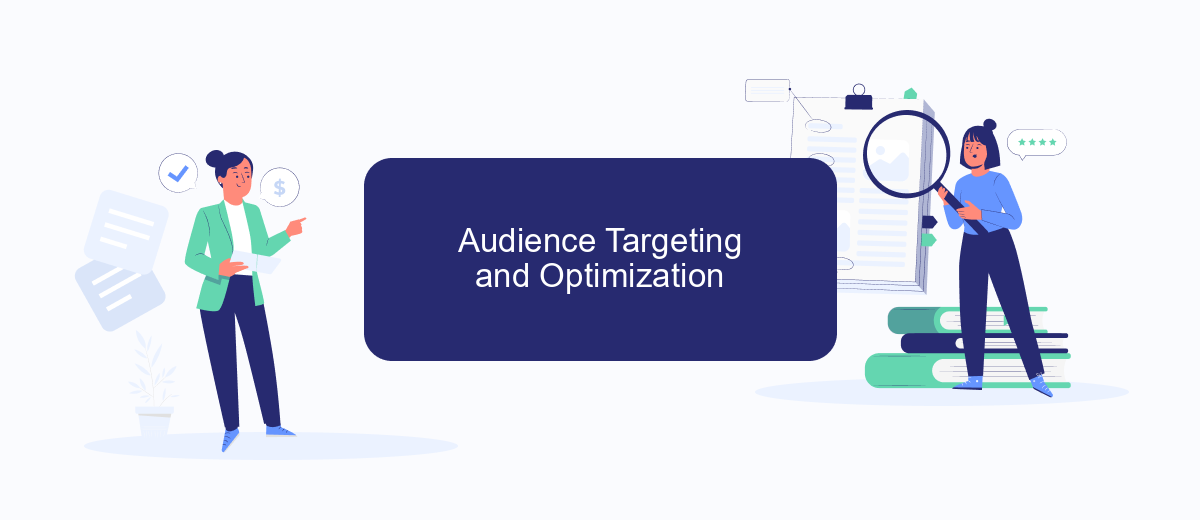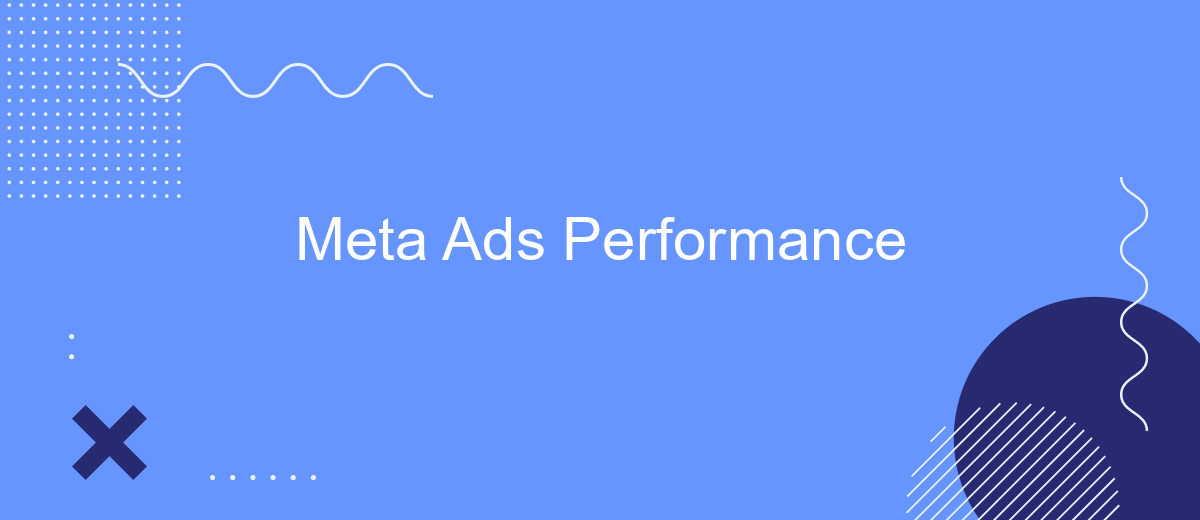In today's digital landscape, Meta Ads have emerged as a powerful tool for businesses seeking to enhance their online presence and drive targeted traffic. This article delves into the performance metrics of Meta Ads, exploring how they can be optimized to maximize return on investment and achieve marketing goals. Discover key strategies and insights to elevate your advertising efforts.
Meta Ads Performance Overview
Meta Ads Performance is a crucial aspect for businesses looking to maximize their advertising efforts on social media platforms. By understanding and optimizing the performance of your Meta Ads, you can ensure that your campaigns are reaching the right audience and generating the desired outcomes.
- Track key performance metrics such as CTR, CPC, and ROI.
- Utilize A/B testing to identify the most effective ad creatives and strategies.
- Leverage audience insights to target specific demographics and interests.
- Automate and streamline ad management with tools like SaveMyLeads.
By integrating services like SaveMyLeads, businesses can automate the process of capturing and managing leads from Meta Ads, ensuring a more efficient workflow. This allows marketers to focus on optimizing ad performance and driving higher engagement and conversions. Regularly analyzing and adjusting your Meta Ads strategy is essential for sustained success in the competitive digital advertising landscape.
Goals Setting and Measurement

Setting clear and measurable goals is crucial for optimizing the performance of your Meta Ads campaigns. Start by defining what success looks like for your business, whether it's increasing website traffic, generating leads, or boosting sales. Use SMART criteria (Specific, Measurable, Achievable, Relevant, Time-bound) to ensure your goals are well-defined and attainable. This will provide a clear roadmap for your advertising efforts and help you stay focused on outcomes that matter.
Once your goals are set, it's essential to establish a robust measurement framework. Utilize Meta's Ads Manager to track key performance indicators (KPIs) such as click-through rates (CTR), conversion rates, and return on ad spend (ROAS). For seamless data integration and enhanced tracking capabilities, consider using services like SaveMyLeads. This tool can automate the transfer of leads and other vital data from Meta Ads to your CRM or other marketing platforms, ensuring you have real-time insights to make informed decisions and optimize your campaigns effectively.
Audience Targeting and Optimization

Effective audience targeting and optimization are crucial for maximizing the performance of Meta Ads campaigns. By precisely identifying and reaching the right audience, businesses can significantly enhance their ad relevance and engagement. This process involves leveraging various tools and strategies to ensure ads are shown to users who are most likely to convert.
- Define your target audience based on demographics, interests, and behaviors.
- Utilize custom and lookalike audiences to expand your reach.
- Continuously monitor and adjust your audience settings based on performance data.
For seamless integration and optimization, services like SaveMyLeads can be highly beneficial. SaveMyLeads automates the process of capturing leads from Meta Ads and transferring them to your CRM or email marketing platform, ensuring that you can quickly respond to potential customers and refine your targeting strategies in real-time. By leveraging such tools, businesses can streamline their ad operations and achieve better results.
Campaign Structure and Management

Effective campaign structure and management are crucial for optimizing your Meta Ads performance. Begin by clearly defining your campaign objectives, whether it's brand awareness, lead generation, or conversions. This will guide the creation of ad sets and individual ads tailored to your goals.
Organize your campaigns by segmenting your audience based on demographics, interests, and behaviors. This segmentation allows for more precise targeting and better allocation of your budget. Regularly monitor and adjust your ad sets to ensure optimal performance and cost-efficiency.
- Define clear campaign objectives
- Segment your audience effectively
- Regularly monitor and adjust ad sets
- Utilize automation tools for efficiency
For streamlined integration and management of your campaigns, consider using tools like SaveMyLeads. This service automates lead data transfers from Meta Ads to your CRM or email marketing software, ensuring that no potential customer is missed. By leveraging such tools, you can focus more on strategic decisions and less on manual data handling.
Analytics and Reporting
Effective analytics and reporting are crucial for optimizing Meta Ads performance. By leveraging advanced analytics tools, marketers can gain insights into key performance indicators (KPIs) such as click-through rates (CTR), conversion rates, and return on ad spend (ROAS). These metrics help in understanding which ads are performing well and which need adjustments, allowing for data-driven decision-making. Regularly reviewing these metrics ensures that the advertising strategy aligns with business objectives and maximizes ROI.
To streamline the process of data collection and reporting, integrating third-party services like SaveMyLeads can be highly beneficial. SaveMyLeads automates the transfer of lead data from Meta Ads to various CRM systems, ensuring that all relevant information is captured and easily accessible. This integration not only saves time but also reduces the risk of data entry errors, enabling marketers to focus on analyzing the data and refining their ad strategies. Overall, the combination of robust analytics and seamless reporting tools empowers businesses to achieve better results from their Meta Ads campaigns.


FAQ
What is Meta Ads Performance?
How can I improve my Meta Ads Performance?
What metrics should I focus on to measure Meta Ads Performance?
How can automation help in managing Meta Ads Performance?
What are some common challenges in optimizing Meta Ads Performance?
Would you like your employees to receive real-time data on new Facebook leads, and automatically send a welcome email or SMS to users who have responded to your social media ad? All this and more can be implemented using the SaveMyLeads system. Connect the necessary services to your Facebook advertising account and automate data transfer and routine work. Let your employees focus on what really matters, rather than wasting time manually transferring data or sending out template emails.
